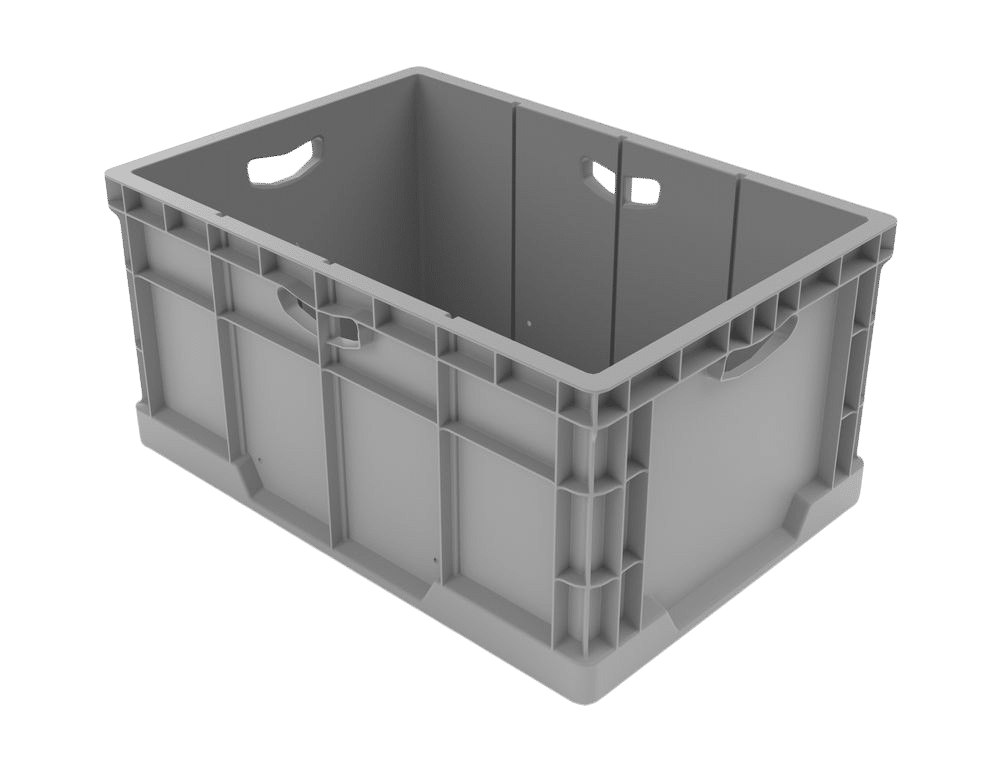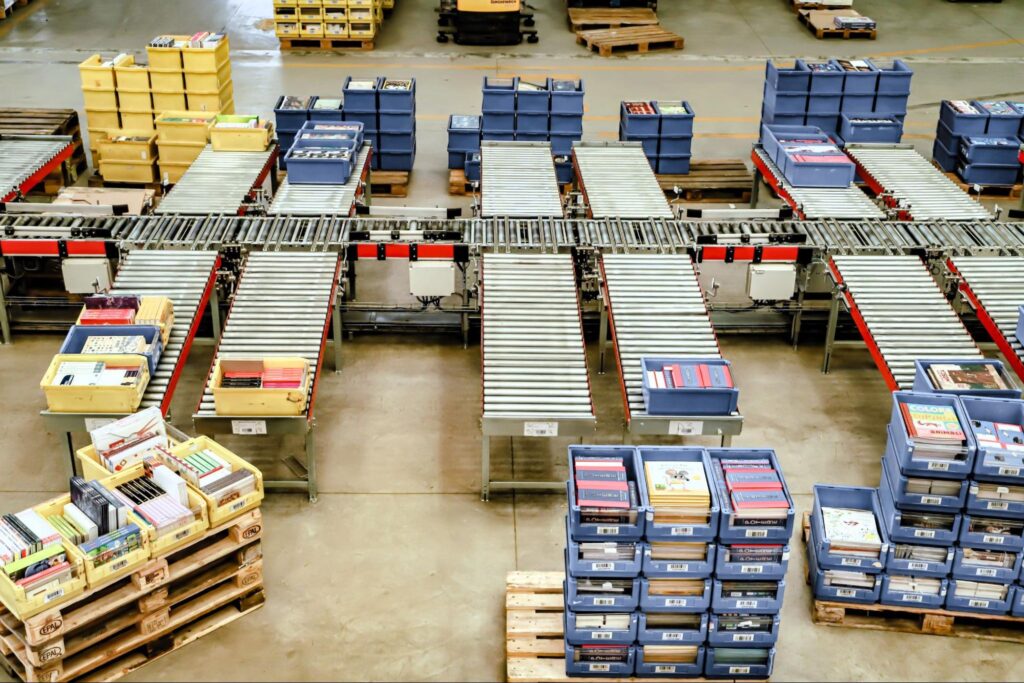Order fulfillment is the backbone of modern supply chains, directly affecting customer satisfaction and operational costs. In today’s fast-paced market, implementing effective strategies to improve fulfillment processes is more important than ever. Two primary methodologies—pick and pack and kitting—play critical roles in this endeavor. While both methods aim to deliver products accurately and on time, each is tailored to specific business needs. This article distills essential insights into pick and pack and kitting, highlighting when to use each approach and how thoughtfully designed packaging solutions can further optimize your operations.
The Order Fulfillment Processes
Order fulfillment encompasses the journey from receiving a customer’s order to shipping it with precision. Efficient fulfillment means accurate picking, proper packing, and secure shipment, which together drive customer satisfaction and maintain competitiveness. Businesses often choose between two key methods:
- Pick and Pack: Ideal for handling diverse, custom orders with varying SKUs.
- Kitting: Best for standardized, high-volume orders where items are bundled in advance.
Choosing the right approach—and the right packaging to support it—is crucial for efficiency and cost management. Successful fulfillment strategies not only improve operational performance but also enhance the overall customer experience. Best practices for order picking, when properly implemented, can significantly boost productivity and accuracy. By embracing the most suitable method, companies can enhance competitiveness and retention while transforming fulfillment into a strategic advantage.
What Is Pick and Pack?
Pick and pack is a flexible fulfillment method that processes orders as they come in. The process involves:
- Order Receipt: Customer orders are recorded in a fulfillment management system.
- Picking: Items are retrieved from storage based on order details.
- Verification: Picked items are checked to maintain quality control.
- Packing: Items are placed into appropriate containers with protective materials.
- Shipment Preparation: The packaged order is staged for final delivery.
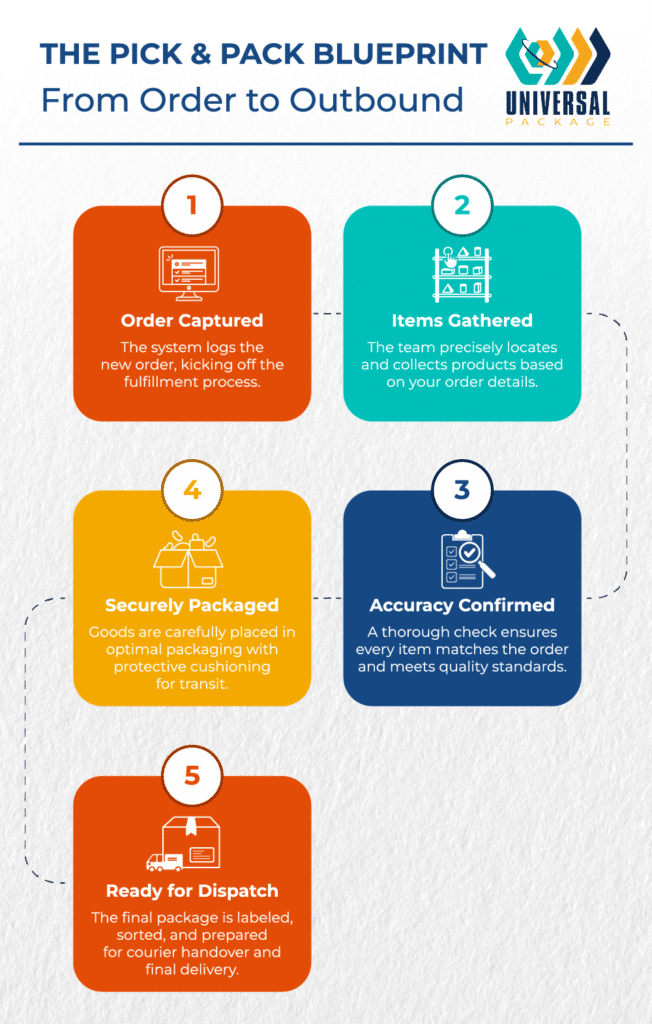
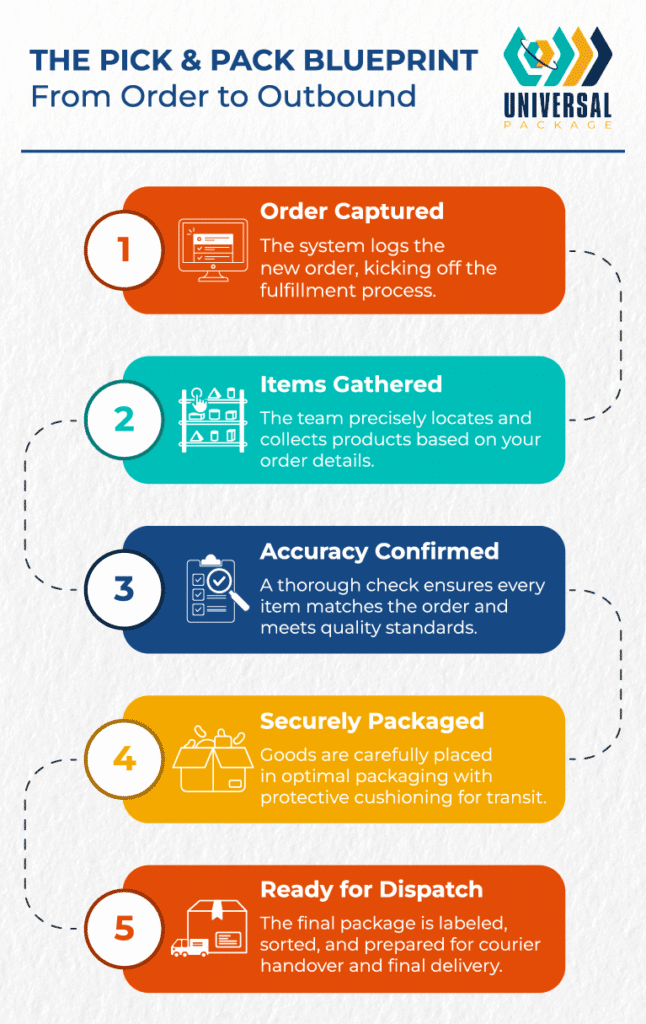
Key Benefits of Pick and Pack
- Flexibility: Excellent for businesses with highly varied, individualized orders.
- Customization: Orders are assembled on demand, allowing unique product combinations.
- Efficient SKU Management: Only what is necessary is picked, minimizing overstock and waste.
- Streamlined Inventory Control: Real-time consolidation of orders helps track inventory levels.
Ideal Use Cases
- E-Commerce: Online retailers benefit from pick and pack when managing rapidly changing product mixes.
- Electronics: Sellers handling small, specialized products rely on the accuracy offered by pick and pack.
- Medical Supplies: Providers needing individualized orders for clinics or hospitals ensure product quality by verifying each shipment.
In fact, BR Printers’ guide on Pick & Pack vs. Kitting underscores how pick and pack can reduce costs and speed up deliveries for businesses that need flexibility. Implementing barcode scanning, automated sorting systems, and advanced warehouse management software can further boost efficiency, while automation may also help lower labor expenses.
What Is Kitting?
Kitting involves pre-assembling individual items into bundled kits for quicker shipment. The process typically follows these steps:
- Item Selection: Frequently ordered items are identified and grouped.
- Pre-Assembly: Items are gathered and packaged together in standard configurations.
- Order Fulfillment: Once an order is placed, the ready-to-ship kit is dispatched without the need for additional picking.
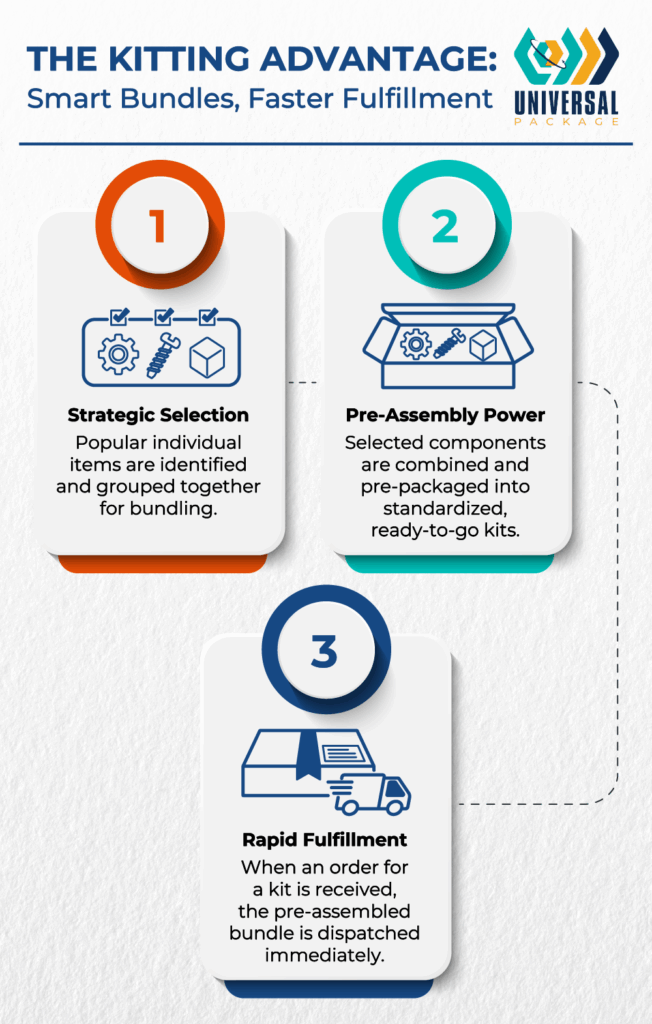

Key Benefits of Kitting
- Efficiency: Speeds up fulfillment for standardized orders with recurring item combinations.
- Labor Savings: Reduces manual handling by bundling items in advance.
- Consistency: Ensures kits are assembled uniformly, lowering the risk of errors.
- Enhanced Accuracy: Pre-assembly can help decrease the likelihood of mispicks or incorrect shipments.
Ideal Use Cases
- Automotive: Pre-assembled repair or maintenance kits streamline service delivery.
- Construction: Bundled material kits ensure all necessary components arrive together for on-site projects.
- Military and Medical: Standardized kits offer swift, reliable access to essential products in urgent scenarios.
A DCL Corp blog on kitting strategies outlines comparisons between pre-kit bundling and pick and pack with respect to labor costs and flexibility. In industries where consistency is paramount, kitting offers economies of scale via standardized processes.
Comparing Pick and Pack vs. Kitting
Although both methods enhance order fulfillment, they address different operational needs.
Flexibility vs. Standardization
- Pick and Pack: Offers high flexibility for varied orders and numerous SKUs, making it ideal for unpredictable or highly customized operations.
- Kitting: Provides rapid, consistent fulfillment for repeat orders, best suited for standardized product combinations.
Labor and Time Efficiency
- Pick and Pack: Labor is spread throughout the day to match order inflow, which can be beneficial when dealing with sporadic order spikes.
- Kitting: Requires upfront labor to assemble kits, which then reduces handling time during peak order processing.
Cost Considerations
- Pick and Pack: May incur higher labor costs during busy periods, but avoids extensive pre-packaging expenses. It can be cost-effective in environments that demand high customization.
- Kitting: Involves initial investment in pre-assembly that streamlines later processing and reduces error rates, potentially leading to long-term savings in repetitive order environments.
Determining which method suits your business requires analyzing order profiles, inventory turnover, labor availability, and scaling opportunities. Some research suggests that a hybrid approach—using pick and pack for certain items and kitting for others—can optimize productivity across diverse product lines.
Operational Considerations and Emerging Trends
Challenges in Order Fulfillment
Both pick and pack and kitting present operational challenges:
- Warehouse Organization for Pick and Pack: A well-planned layout is critical to ensure quick item retrieval and minimize errors.
- Pre-Assembly Precision for Kitting: Careful assembly of kits is paramount; errors in component selection can lead to delays and costly rework.
Incorporating real-time inventory management and other automated processes may further help improve accuracy and operational flow.
Multi-Channel Fulfillment
Many businesses manage multiple retail channels—such as online marketplaces, physical stores, and wholesale partnerships—which requires flexible fulfillment strategies. Kitting may serve high-volume wholesale orders, while pick and pack often better accommodates the random SKU assortment typical of e-commerce. Balancing workflows across these channels is essential to prevent bottlenecks and maintain consistent service levels.
Automation and Robotics
Automation tools like automated guided vehicles (AGVs) and robotic arms are transforming modern warehouses by expediting picking and reducing human error. In the realm of kitting, advanced software can present “digital twins” of kit layouts to ensure that workers follow standardized assembly instructions.
Sustainability in Fulfillment
Environmental sustainability is increasingly a priority. Companies are shifting toward eco-friendly, reusable packaging to minimize their ecological footprints. Reusable packaging designs, for instance, can contribute to reduced waste and lower long-term costs when reverse logistics are efficient.
Enhancing Efficiency with Customized Packaging Solutions
Effective packaging not only protects products but also plays a role in optimizing fulfillment operations. Tailored packaging solutions can benefit both pick and pack and kitting methodologies by reducing product damage and bolstering customer satisfaction.
For Pick and Pack
- Adaptable Containers: Using flexible containers, inserts, and padding can safeguard products of varying dimensions.
- Reusable Options: Durable, modular packaging may reduce waste if designed for repeated use.
- Custom Inserts: Custom foam assemblies or textile dunnage can stabilize irregularly shaped products during transit, potentially lowering return rates.
For Kitting
- Standardized Packaging: Consistent trays, sleeve packs, or totes secure kit components throughout the assembly and shipping process.
- High Durability: Materials like hard plastics and steel can protect fragile or heavy items that must remain intact.
- Cost-Effective Design: Pre-defined packaging solutions can reduce reliance on single-use materials, contributing to sustainability efforts.
Investing in thoughtfully designed packaging can help improve pack-out speeds and potentially reduce product return instances. Over the long term, these enhancements may contribute to stronger customer loyalty and a reduced environmental impact.
Measuring Success and Continuous Improvement
Regular evaluations of your order fulfillment process are essential. Key performance indicators (KPIs) such as order accuracy, turnaround time, and packaging efficiency help identify problem areas in both pick and pack and kitting. Continuous improvement hinges on:
- Training Programs: Well-trained employees tend to be faster and more accurate.
- Process Audits: Routine reviews help catch inefficiencies before they affect broader operations.
- Employee Feedback: Input from frontline staff can uncover practical insights for streamlining workflows.
A data-driven approach enables businesses to minimize bottlenecks and maintain high service levels. Incorporating automation or adjusting layouts based on performance metrics can keep fulfillment strategies agile and effective.
Future Trends and Strategic Innovation
Looking ahead, businesses are increasingly exploring advanced technologies like artificial intelligence (AI) and machine learning (ML) to better predict consumer demand and optimize inventory placement. AI-driven algorithms can analyze historical data, forecast order frequency, and adjust storage layouts or stock levels accordingly. Experimentation with blockchain technology to trace items throughout the supply chain may also enhance transparency and trust.
Moreover, sustainability remains a major focus. Innovations could include the development of packaging that balances durability with eco-friendly materials or the implementation of closed-loop systems for returns and refurbishments. These trends emphasize the need for a strategic approach that blends technological innovation, environmental responsibility, and customer satisfaction.
Finally, another emerging trend involves leveraging data to proactively manage order fulfillment processes. Digital dashboards that track orders from the warehouse to the final destination can help identify inefficiencies, reduce stockouts, and rapidly reallocate resources.
How Universal Package Helps Optimize Order Fulfillment
Universal Package is dedicated to providing innovative industrial packaging and material handling solutions that align with a wide range of fulfillment methodologies. Their custom-designed offerings—crafted from corrugated plastic, foam, steel, and textile dunnage—are created to meet specific operational needs. By providing reusable packaging tailored to both pick and pack and kitting environments, Universal Package aims to reduce waste and protect goods in transit.
For example, businesses handling delicate electronics might benefit from foam inserts that help lower damage rates, while those managing repetitive bulk orders can use robust materials and standardized forms to streamline kitting. The success of these solutions depends on factors like reuse cycles and efficient reverse logistics, making it essential for companies to carefully evaluate their operational workflows before implementation.
Unlock Efficiency with Customized Packaging
Both pick and pack and kitting are essential strategies for achieving efficient fulfillment. Pick and pack excels in flexibility and handling diverse orders, while kitting offers consistency and rapid throughput for standardized requests. Optimizing these methods—through advanced warehouse management, targeted automation, and thoughtfully designed packaging solutions—can significantly enhance operational performance.
Today’s companies must balance customer expectations with sustainability goals, whether shipping highly customized items or preparing repetitive bulk orders. A strategic packaging approach that incorporates reusable containers and custom inserts can help prevent product damage, reduce waste, and accelerate shipments.
Ready to explore how customized packaging can transform your fulfillment operations? Contact Universal Package to learn more about tailored solutions that streamline pick and pack or kitting processes and help your business stay competitive in a rapidly evolving logistics landscape.



